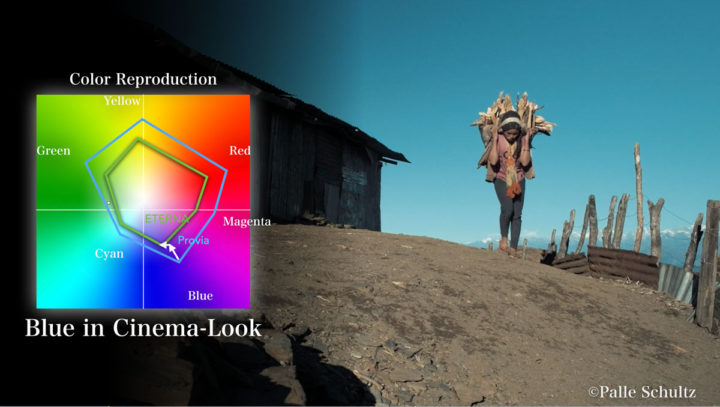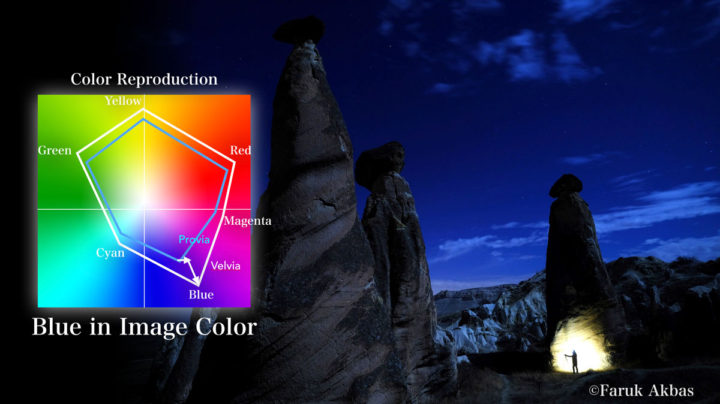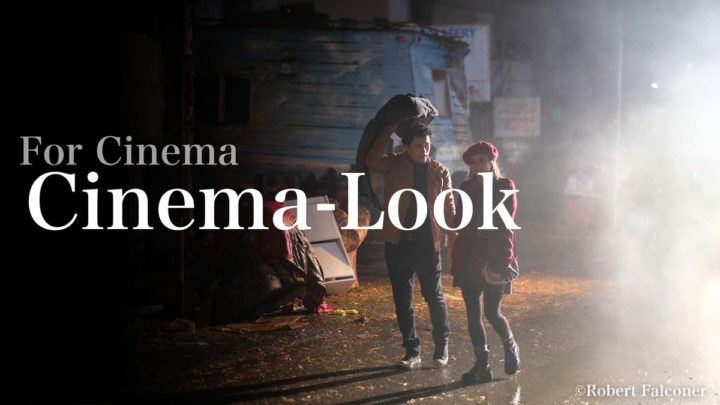Fujifilm X-H1 Development Story #4 -Film Simulation ETERNA, or The Art of Omission
Fujifilm X-H1 Development Story #4
Fujifilm has just published the fourth episode of its Fujifilm X-H1 development Story, this time it’s all about the new ETERNA film simulation.
Fujifilm X-H1 – $150 Bundle Savings: BHphoto, AmazonUS, Adorama, Focuscamera
STILLS Vs. FILM:
Let’s examine the difference between photographic and cinematic expression.
In photographic expression, the basic communication is complete in a single frame. For that purpose we put emphasis on color as an important element to deliver the photographer’s message. For example, the blue sky is enhanced so when reflecting back to the memory, it is as clear as it can be. The colors are enhanced to an extent so that the image still looks natural. Other colors are treated the same way. In FUJIFILM, we refer the color reproduction as “Image Color”.
Cinema communicates differently. In cinema, there are the transition of time, the movement of performers, and the sounds and voices. The image designing in cinema should complement all these elements to create a seamless flow. If the cinematic image design were completed in each frame in the same way as the photographic expression with enhanced colors, then the flow would not be so smooth. In Cinema, the saturation is suppressed, so a particular color would not stand out. The tonality is wide to deliver the atmospheric vibe of the scene. This is the characteristic of cinematic image design. People often refer to it as “Cinema Look” or “Film Look”.
[…] The film simulation “ETERNA” is designed to achieve the “Cinema Look” in one take. The dynamic range is 12-stop wide. The highlight and shadow tones are both soft. The difference is obvious when it is compared with PROVIA (with the dynamic rage set at 100%). The dynamic range is comparable to that of F-Log. It has room for post production, so this also comes handy.
[…] The saturation is suppressed and is slightly adjusted on each key color. A touch of magenta was added on blue to achieve the image color, but to achieve the cinema look, the color is shifted toward cyan. The blue sky in the background will then complement the story. The cinema look is like an art of omission.
Read it all at fujifilm-x
It’s interesting that they say that cinema look is the art of omission. This is what they also told us about the Classic Chrome film simulation here, where they said it “omits the element of color in order to stand for the story you want to tell to stand out“.
So ETERNA follows the Classic Chrome philosophy, but is even more desaturated.
If you want to know and see more of ETERNA, we have published a dedicated ETERNA article, which also includes a comparison of ETERNA Vs. other film simulations.
Follow FujiRumors on Facebook, RSS-feed and Twitter
Fujifilm X-H1 Coverage: X-H1 facebook group + X-H1 facebook Page
Previous episodes:
- X-H1 Development Story #1: The Re-inforced Frame
- X-H1 Development Story #2: Heat Dissipation, IBIS and Shutter Shock Reduction
- X-H1 Development Story #3 – Weather Sealing and Super Coating




